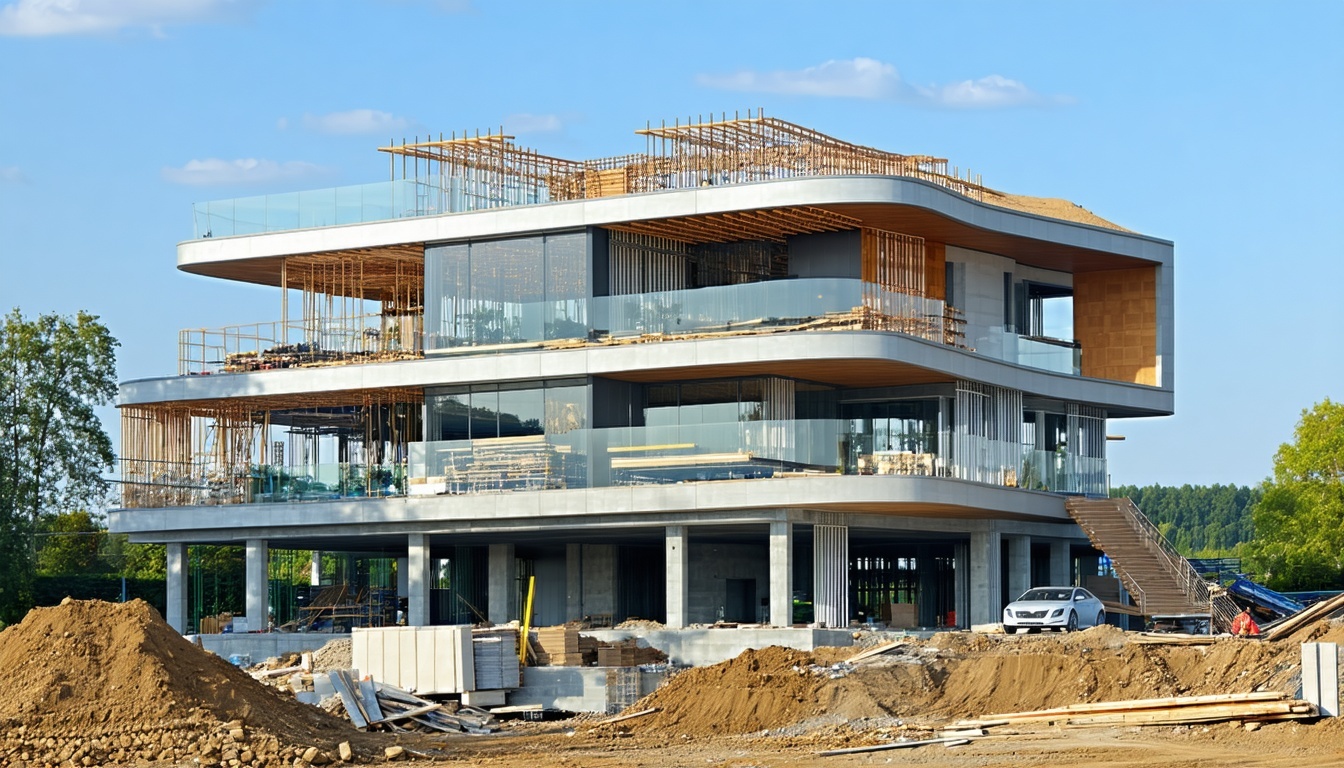Discover the importance of VURB assessments in modern construction and learn when and why you might need one for your project.
What a VURB assessment is in the context of the National Construction Code (NCC 2022)
A VURB assessment stands for Verification Using a Reference Building. In the context of the National Construction Code (NCC 2022), a VURB assessment is a method used to demonstrate that a proposed building design meets the required energy efficiency standards. This is achieved by comparing the proposed design to a reference building that complies with the minimum performance requirements set out in the NCC.
The NCC 2022 outlines that buildings must meet certain energy efficiency standards to ensure sustainability and reduce overall energy consumption. The VURB assessment is an essential tool for verifying that complex or non-standard designs achieve these standards, particularly when the designs do not automatically comply with the Deemed-to-Satisfy (DTS) provisions.
When it is used instead of DTS (Deemed-to-Satisfy)
The Deemed-to-Satisfy (DTS) provisions are prescriptive requirements that, if followed, ensure compliance with the NCC. However, not all building designs fit neatly into these prescriptive requirements. This is where the VURB assessment comes into play.
A VURB assessment is used instead of DTS provisions when a building design is unique or complex and does not adhere to the standard DTS criteria. This could be due to high levels of glazing, unusual building orientation, or specific sustainability targets that require a more tailored approach to demonstrate compliance.
Why it’s essential for large, custom, or complex homes
Large, custom or complex homes often feature unique architectural elements and designs that do not conform to standard building practices. These homes might have extensive glazing, unique orientations, or innovative sustainable features that require a more detailed assessment to ensure they meet energy efficiency standards.
A VURB assessment is crucial for these types of homes because it allows for a more flexible yet rigorous evaluation of the building's performance. This assessment ensures that even non-standard designs can achieve compliance with the NCC’s energy efficiency requirements, thereby promoting sustainability and energy conservation.
What’s involved in the process
The VURB assessment process involves several detailed steps. First, a reference building that complies with the DTS provisions is established. This reference building serves as the benchmark for comparison.
Next, the proposed design is modelled and its energy performance is simulated. The performance of the proposed design is then compared to that of the reference building. If the proposed design performs equally or better in terms of energy efficiency, it passes the VURB assessment.
This process requires detailed documentation and often involves the use of specialised software to model and compare the energy performance of the buildings accurately. Certified Energy, as an experienced provider of VURB reports, ensures that all necessary steps are meticulously followed to achieve compliance.
Real-world examples or types of projects that typically require it
Several types of projects typically benefit from VURB assessments. For instance, homes with high levels of glazing, which might otherwise struggle to meet DTS requirements due to potential heat loss or gain, can use a VURB assessment to demonstrate compliance.
Similarly, buildings with unique orientations designed to maximise natural light or passive solar heating often require a VURB assessment. Additionally, projects targeting specific sustainability goals, such as net-zero energy homes, can use VURB assessments to validate their designs against stringent energy performance benchmarks.
Certified Energy has extensive experience in conducting VURB assessments for a wide range of projects, ensuring that even the most innovative and complex designs meet the necessary energy efficiency standards.







